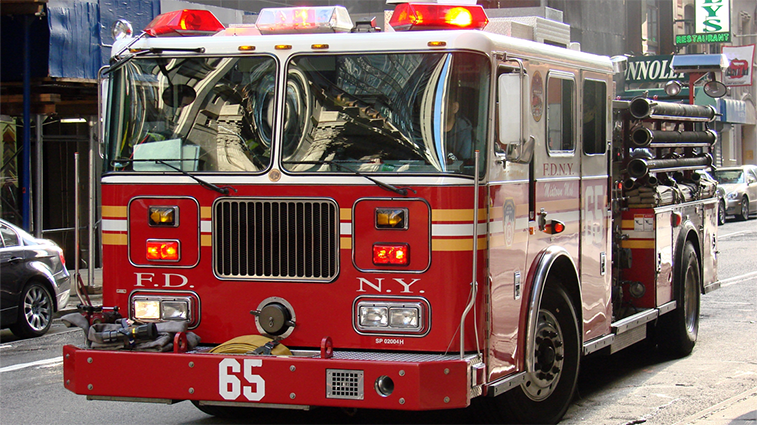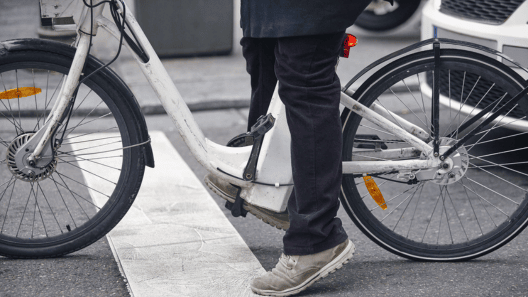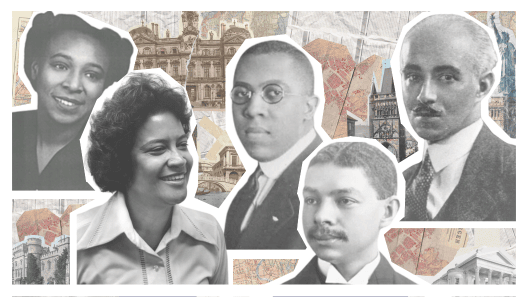
New Fire Codes to Know
So many new codes have been released since 2014 that building professionals are still catching their collective breath. The FDNY released a memo simplifying some of the most important changes in the 2014 Fire Code. The changes can broadly be categorized to include codes relating to fire escape plans and those relating to road and rooftop accessibility.
Fire Escape Plans
Previously, the FDNY categorized requirements of fire escape plans by occupancy. For example, all offices had the same requirements for their fire safety plans with no respect to the size of the building or other key factors. This straightforward requirement has been scrapped in lieu of more nuanced criteria based on:
- Size, complexity and risk vulnerability of occupancy
- Type and availability of staff to implement plan
- Building voice communication capability
The new fire protection plans are categorized into four levels:
- Largest occupancies—capable of implementing such a plan, includes hi-rise offices
- Large occupancies—more simplified plans
- Residential occupancies—informational guides only
- Small storefronts—no fire protection plans required
Roadway Accessibility
The remaining changes in the 2014 Fire Code relate to firefighter accessibility.
Since every second counts when firefighters need to get close to fires, the Fire Code seeks to make sure engines can get to a building quickly. With this in mind, the following revisions are included in the 2014 code:
- Reducing the required roadway width of fire apparatus access roads in private residential developments and office parks from 38 to 34 feet.
- Increasing size of dead-end turnarounds from 70 to 76 feet.
- Clarifying parking requirements and restrictions.
In addition to these revisions, the FDNY has released some FAQs to clarify the following:
- When a building alteration triggers sprinkler requirements on substandard width public or private streets.
- That a driveway can serve as a fire apparatus access road for one- and two-family dwellings set back up to 100 feet from the curb line.
- Requiring sprinkler protection and 20 feet wide fire apparatus access road for buildings set back more than 100 feet from curb line.
Rooftop Access
Along with roadway access, the 2014 Fire Code made several revisions that relate to rooftop accessibility.
Firefighters need a clear street path in order to access roofs 100 feet or less by ladder. This includes clearing obstructions on the side of a building that may obstruct a ladder or crane. Sun control devices, sidewalk sheds, scaffolding and construction fences can all prevent roof access.
Here are the code changes that relate to side of the building access:
- Clarifying that awnings and sun control devices on the exterior of the buildings NOT obstruct fire apparatus aerial ladder access to rooftop access.
- Requiring that scaffolding be designed to NOT obstruct rooftop access locations.
- Authorizing the Fire Department to require a sign or decal on building exterior walls when the locations of rooftop access landing areas are not apparent from the street.
- Clarifying requirements for fences to ensure that they do not obstruct access landings and clear paths.
The remaining critical rooftop related code changes involve accessibility on the roof itself. Most of these set parameters for the rooftop’s clear path:
- Requiring an additional clear path for each 100 feet of rooftop width and depth.
- Requiring reasonable access from clear path to bulkhead doors, fire escapes, access ladders, cockloft vents, skylights, scuttles and shafts.
- Requiring 3 foot clearance around skylights and scuttles on 3 sides.
- Requiring protective railing where clear path adjoins shaft or building perimeter with height differential of more than 6 feet.
- Allowing certain building features and building service equipment to encroach on the rooftop “clear path” on brownstone-type buildings to facilitate rooftop solar panel installations.
- Establishing solar panel installation requirements.
To see the full FDNY memo on 2014 Fire Code changes click here.
For any questions or Fire Code consultation for your project, contact us.








